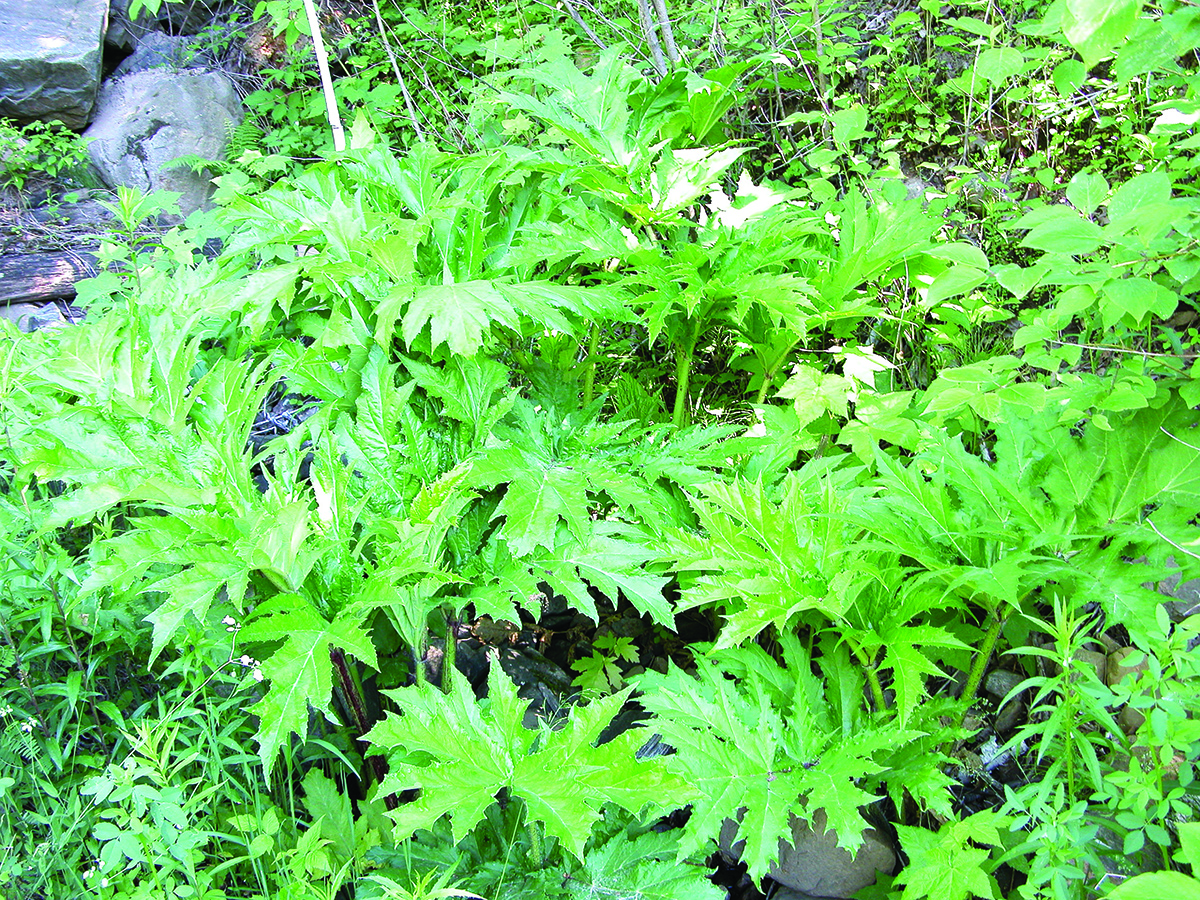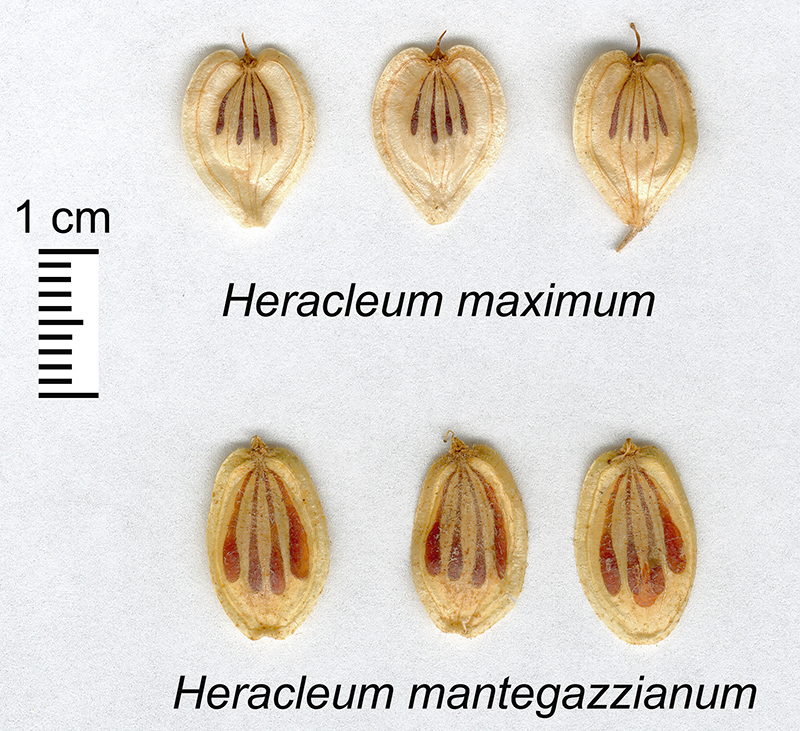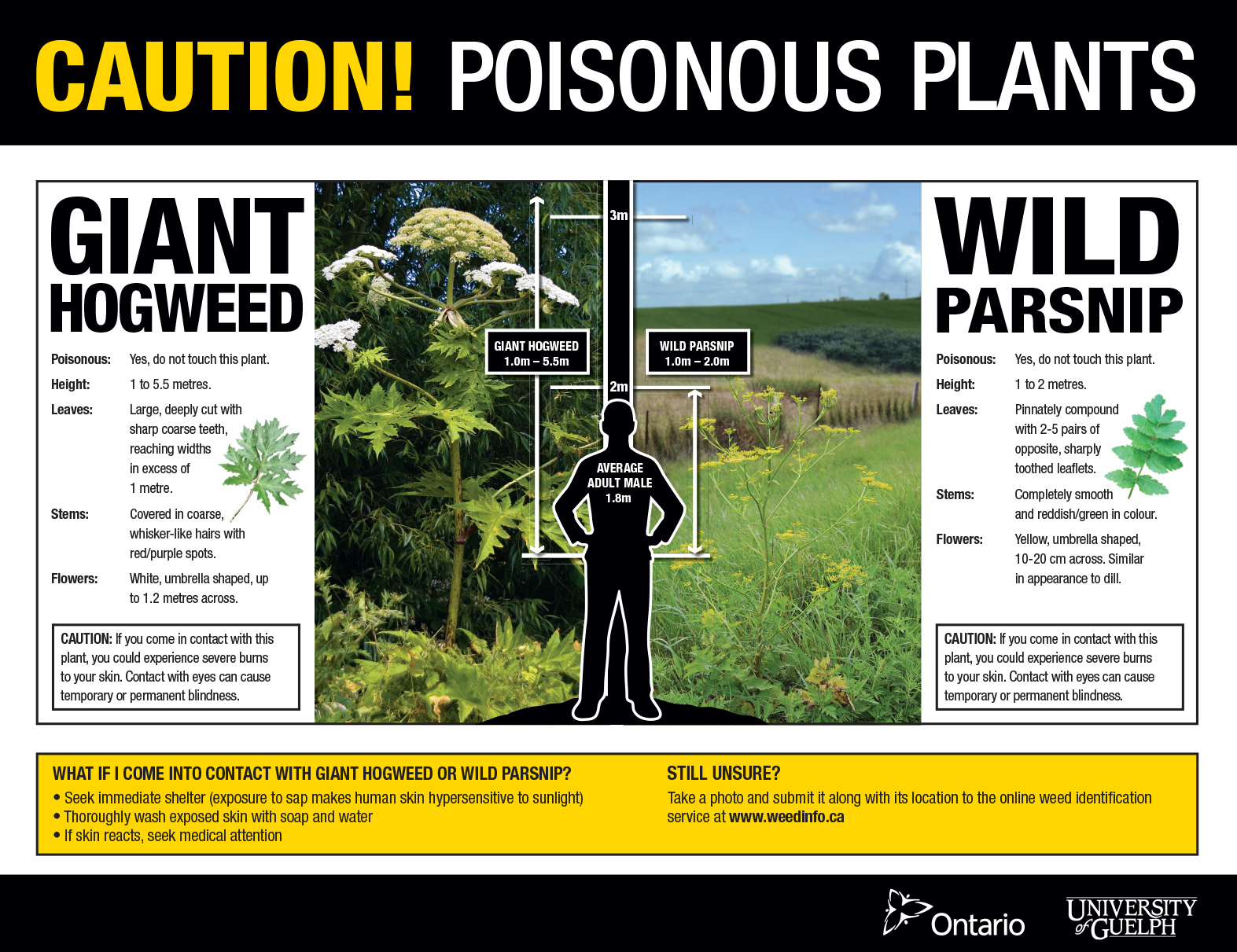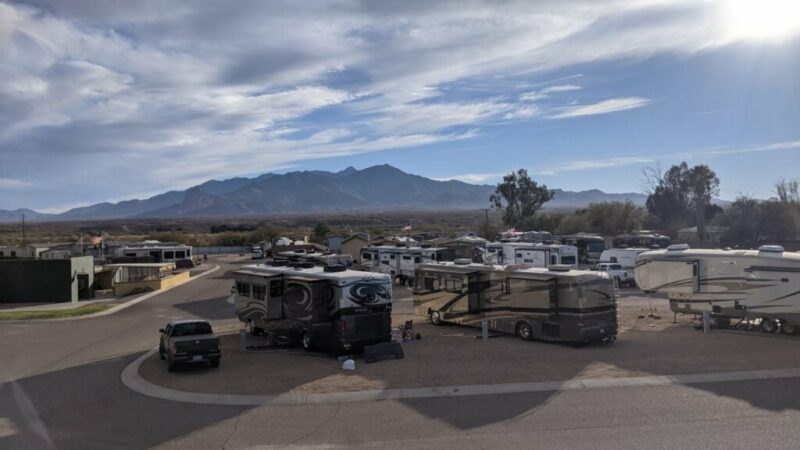Giant Hogweed
DO NOT TOUCH THIS PLANT!
Special Report by Curtis Fink.
In days gone by, our parents warned us not to play in the poison ivy. Our camp counsellors taught us to recognize poison oak. Today, a new plant is invading North American biosystems… and it is even more dangerous for people and pets!
Why should we be concerned?
Giant Hogweed has two major negative impacts. Firstly, due to its invasive nature, it poses a threat to native biodiversity. With its broad leaves and dense canopy, Giant Hogweed can often out-competes native species, reducing the variety of species growing in the surrounding area. Giant Hogweed can produce up to 50,000 seeds per plant and the seeds can lay dormant for several years.
Secondly, Giant Hogweed is a public health hazard. It produces a noxious sap (found in the sap of the stalk, stems, and leaves) that sensitizes the skin to ultraviolet light is known as photosensitivity. This photosensitive chemical (furanoncourmarins) that become toxic on contact with sunlight, which can result in severe and painful burning and blistering of the skin which can take place as little as 15 minutes after contact with the sap and up to 1-2 days after contact. Blisters can develop into purple and black scars, leading to years of recurring inflammation and dermatitis (skin irritation), as well as permanent scarring. Contact between the sap and eyes can lead to temporary or permanent blindness.
This makes the plant extremely dangerous for children, who have used the thick hollow stems as “pea shooters”
 What does it look like?
What does it look like?
Giant Hogweed can grow from 2 to 5 meters (6.5 to 16 feet) high with leaves up to 1 metre (3 feet) in breadth. It has a thick 5 to 10 centimetres (2 to 4 inches) hollow stem. Its stem and the underside of its leaves are covered in coarse hairs. Its large umbrella-shaped flowers from June to July are white in colour and can be more than 30 centimetres (1 foot) in diameter. The seeds of the Giant Hogweed are flattened and oval in shape.
 Native plants that resemble Giant Hogweed.
Native plants that resemble Giant Hogweed.
There are a number of native plants that resemble Giant Hogweed, but they do not pose the same health risk. When in doubt consult an authority in plant identification or treat the unknown plant as Giant Hogweed. The following are native plants that look-alike to Giant Hogweed.
- Cow Parsnip
- Purple-Stemmed Angelica
- Spotted Waterhemlock
- Poison Hemlock
- Wild Parsnip
Where is it be found?
The Giant Hogweed is native to Asia, but it has invaded many regions of the world, including Canada. It thrives near streams, creeks, ditches, roads, and in vacant lots (areas that are moist to wet). In Canada, it has been found in British Columbia and Ontario, but there have been sightings in other provinces.
 How can you protect yourself?
How can you protect yourself?
Wear water-resistant gloves when handling the plants and water-resistant coveralls or clothing that leaves no skin exposed. Cotton and linen (and many synthetics) will soak up the sap, which can then be exposed to the skin. Wear goggles when disturbing or removing the plant, as sap or plant particles may be exposed to the eyes.
What to do if you have come into contact with Giant Hogweed?
If your skin has come in contact with the sap, wash the affected skin carefully with cool soapy running water; keep the exposed areas away from sunlight for at least 48 hours. If you have come into contact with the sap of the Giant Hogweed, contact a medical professional as soon as possible for advice and treatment.
For further information
Ontario Government: http://www.omafra.gov.on.ca/english/crops/facts/ontweeds/giant_hogweed.htm
Ontario Invasive Plants: https://www.ontarioinvasiveplants.ca/wp-content/uploads/2020/10/GiantHogweed_BMP.pdf
United States Department of Agriculture – http://www.invasivespeciesinfo.gov/plants/hogweed.shtml
Invasive Species Council of BC: https://bcinvasives.ca/invasives/giant-hogweed/
Source: https://www.rvlifemag.com/giant-hogweed/?utm_source=rss&utm_medium=rss&utm_campaign=giant-hogweed







